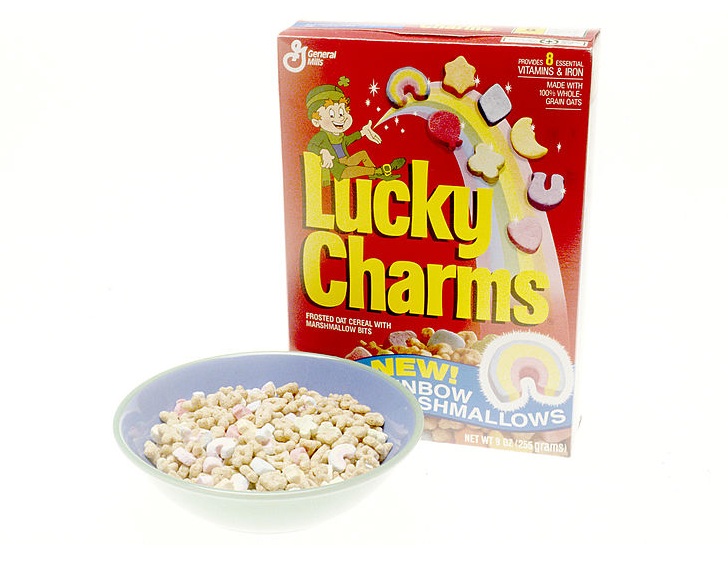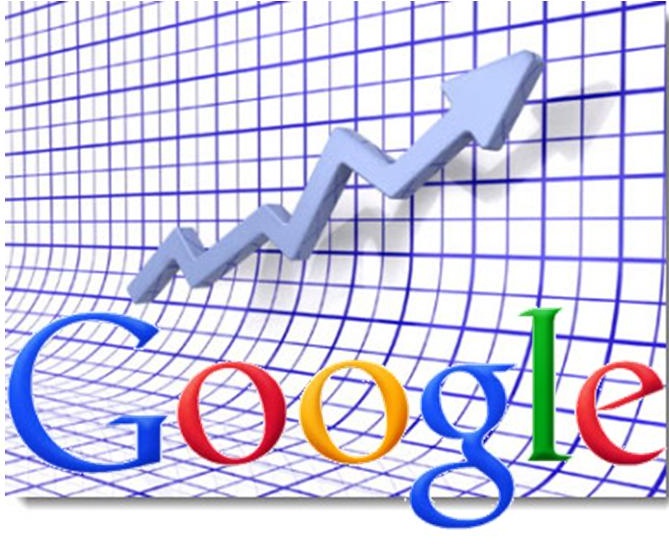 Lucky Charms is using mobile to go beyond traditional “prizes” to appeal to adult consumers.
Lucky Charms is using mobile to go beyond traditional “prizes” to appeal to adult consumers.
In its most recent mobile marketing campaign, General Mills has created an augmented reality app for its Lucky Charms cereal that sends adult consumers on a “Chase for the Charms.”
This app allows mobile device users to go on a virtual hunt for marshmallow treats.
The goal of the augmented reality game is to reach the end of the rainbow with Lucky the Leprechaun. The cereal manufacturer released a video as a teaser for the app ahead of its launch, which is St. Patrick’s Day.
The augmented reality campaign is linked to the holiday that is known for its similar theme of Irish lore.
On St. Patrick’s Day, users will be able to tap on their mobile device screens when they use the augmented reality application, to capture Lucky the Leprechaun’s charms as they appear before them. The charms use AR technology to look as though they are located in the real world. As an incentive, the company is also offering prizes based on the number and type of charms that were collected.
Among the instant prizes are t-shirts, a cereal dispenser, or a chance to appear as an animated character in an upcoming ad for the product. The grand prize is a pot of actual gold that is valued at $10,000.
Behind the augmented reality campaign is the creative agency called Saatchi & Saatchi. The app itself was the creation of Ogmento. The app itself is being heavily marketed. On Friday, mash-up music video was released, featuring several of the classic advertisements for the cereal. The video itself was performed by John Boswell, who is better known as “Melodysheep”, and who is otherwise recognized for his Julia Child tribute.
This new mobile marketing campaign is the latest effort by the brand – now 49 years old – to reach out to adults who had grown up with the cereal and who are now using smartphones and tablets and are receptive to the augmented reality experience. The strategy was started last year with a television ad which has since broadly expanded to include the AR technology.
 In terms of investor optimism, the search engine giant appears to have a massive advantage over Apple.
In terms of investor optimism, the search engine giant appears to have a massive advantage over Apple.
Google has earned its way into a very impressive position ahead of Apple in terms of optimism expressed by investors, as its mobile marketing and other strategies have brought its shares up above $831 and building, while Apples are hanging low at around 426.18.
Every passing day seems to be looking better for Google due to the strategies that are keeping its future bright.
Bloomberg compiled data has revealed that the shares at Google are currently trading at a price that is 25 times its current profit. This is considerably better than Apple, which has a current price to earnings ratio that is under 10. The primary difference between the successes of these two companies is being credited to the mobile marketing at the search engine king.
Lucrative prospects for mobile marketing are making a considerable positive impact on Google.
The mobile marketing there is looking so positive that investors are clearly willing to pay more for the company’s shares than every dollar of earnings that it brings in. This is far superior to the results being seen by Apple.
At the moment, Google is estimated to hold over 40 percent of the total online American online advertising marketplace. Forecasts are suggesting that it will only continue to grow its hold on the $37.3 billion that is being spent for this purpose by businesses every year, in order to better communicate with their audiences.
Google has also just entered into an important new partnership with Samsung Electronics Co., which has boosted its share in smartphone and tablet software. This has only built its competitive threat against Apple, as investors impatiently await the next release from that company, to see if it will be any more successful than the last two releases which have generated considerable consumer disappointment.
According to B Riley & Co. analyst, Sameet Sinha, “There’s only one company benefiting from all the growth areas of the Internet — be it video, mobile, local, social, display advertising.” Sinha added that “Apple has just done well in devices, nothing else.” With Google asserting itself in the mobile marketing sphere, this could prove dangerous to Apple unless its next release is spectacular.
 Lucky Charms is using mobile to go beyond traditional “prizes” to appeal to adult consumers.
Lucky Charms is using mobile to go beyond traditional “prizes” to appeal to adult consumers.
 In terms of investor optimism, the search engine giant appears to have a massive advantage over Apple.
In terms of investor optimism, the search engine giant appears to have a massive advantage over Apple.